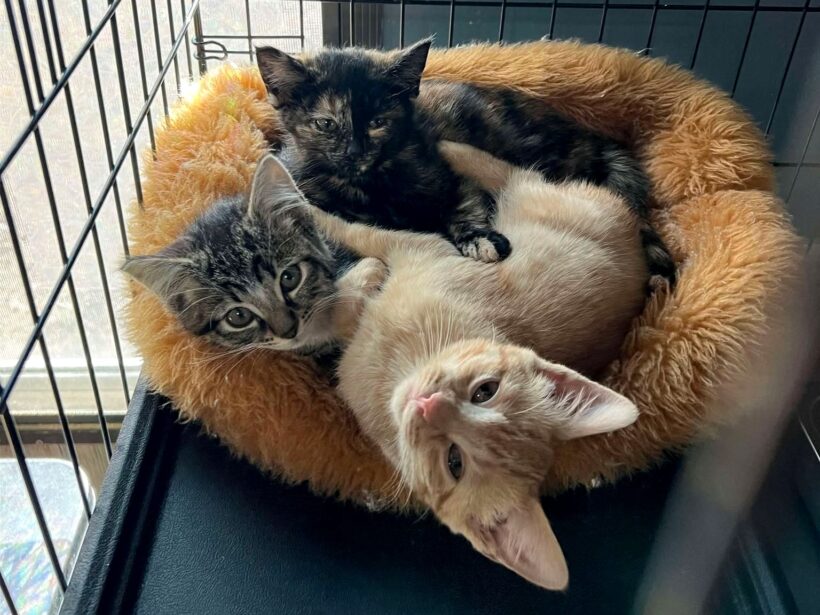You’ve made the decision – you’re going to get the feral cats in your life fixed! Now what? Often people reach for the first trap they can find, but that’s a mistake. Doing a Trap-Neuter-Return project well requires planning and preparation. Taking the time to think it out will make the process easier for you and the cats and help you avoid the pitfalls that can happen when you’ve got a feral cat sitting in a trap and aren’t sure what to do next. Here are the seven basic steps to follow:
Step 1: Have a vet appointment confirmed
Step 2: Know your stuff
Working with feral cats safely and effectively requires some training. The good news Paws to Care will help you.
Step 3: Work the neighborhood
We call them “community” cats for a reason – they don’t usually live in isolation, but are found among us, in the backyard, next to the office parking lot, behind the supermarket, etc. Many people will interact with the cats daily and attitudes may range from positive to hostile. The more informed you are about the neighborhood and how people feel about and act towards the cats, the better the situation you can create for them. Walk around, talk to people, ask them what they know about the cats.
Step 4: Establish a feeding pattern, count the cats and set out shelters and feeding stations
To prepare for the trapping, get the cats on a regular feeding schedule – as consistently as you can, put out their food at the same time and place daily, then take anything uneaten away after 30 minutes or as soon thereafter as you can. Cats are habitual creatures and will learn to all show up at the appointed hour – which means they’ll come to you at that same hour when it’s time to trap. While establishing a pattern, count the cats and assess if any have special needs like young kittens you’ll want to foster. Put out feeding stations and shelters if you haven’t already. It’s especially important to have good shelter in place when winter trapping in cold climates, so the spayed females with their shaved bellies will have a warm, dry place to sleep.
Step 5: You will need a holding spot
Possibly plan on having a holding spot at least overnight once the cats are trapped. You’ll need a place to hold the cats while they’re confined in their traps. The space must be warm (at least 65 degrees F.), dry (protected from rain and other elements) and secure (no access to strangers or other animals).
Step 6: Action!
Now you’re ready for the fun part – trapping. Trapping should be the night before the vet run date that has been assigned for you by the vet or a coordinator if using a special program. We highly recommend trapping between 4:30 p.m. to 6 p.m.
Step 7: Caretaking
The cats will soon return to their normal routine. Your job, and those working with you, will be to provide regular food and shelter, keep an eye out for any new arrivals and smooth out any wrinkles that come up with neighbors. Now that the cats are fixed, you won’t have to worry about kittens, there will be far fewer complaints and you’ll know you’ve done what you can to make this a better world for your feral friends.




Leave a Reply